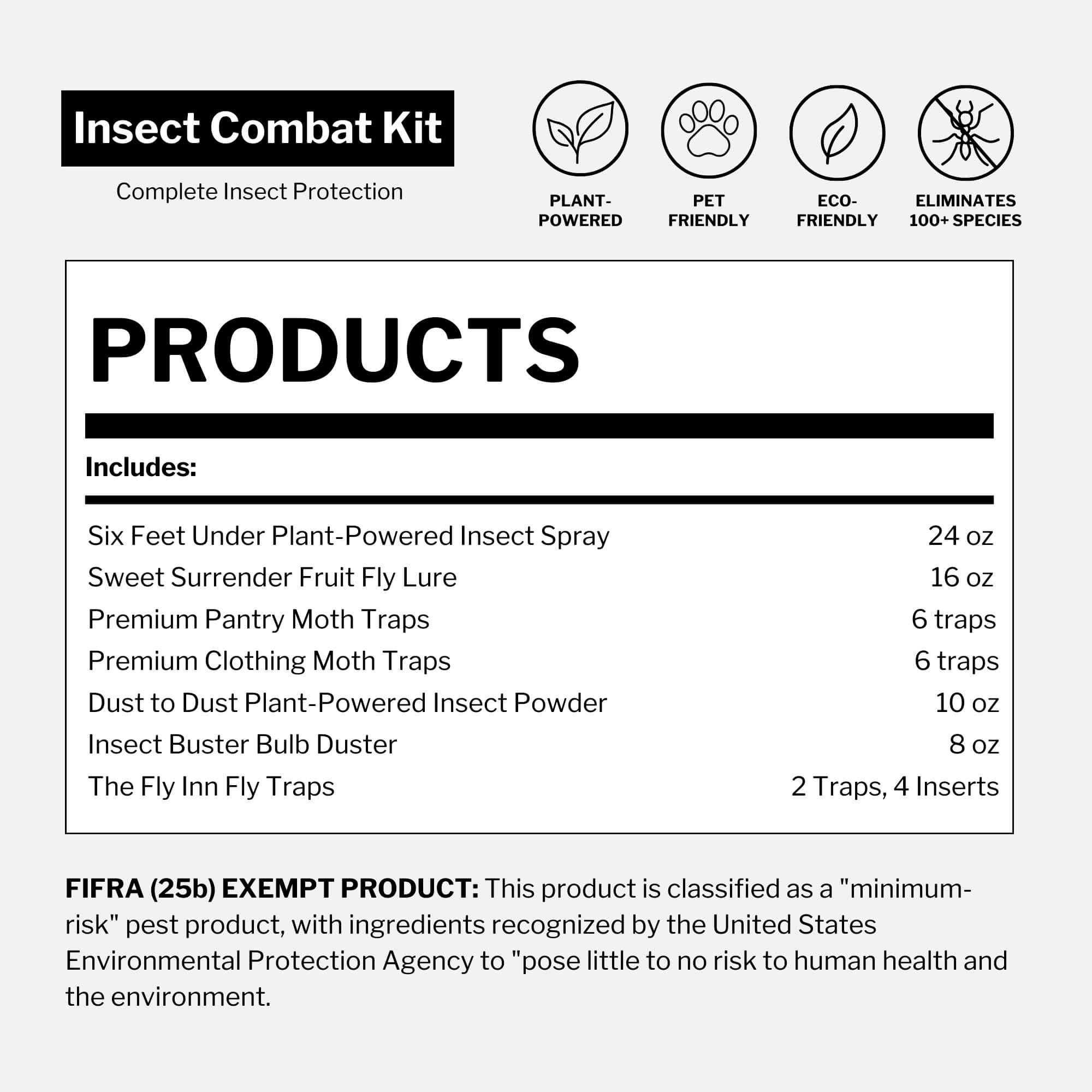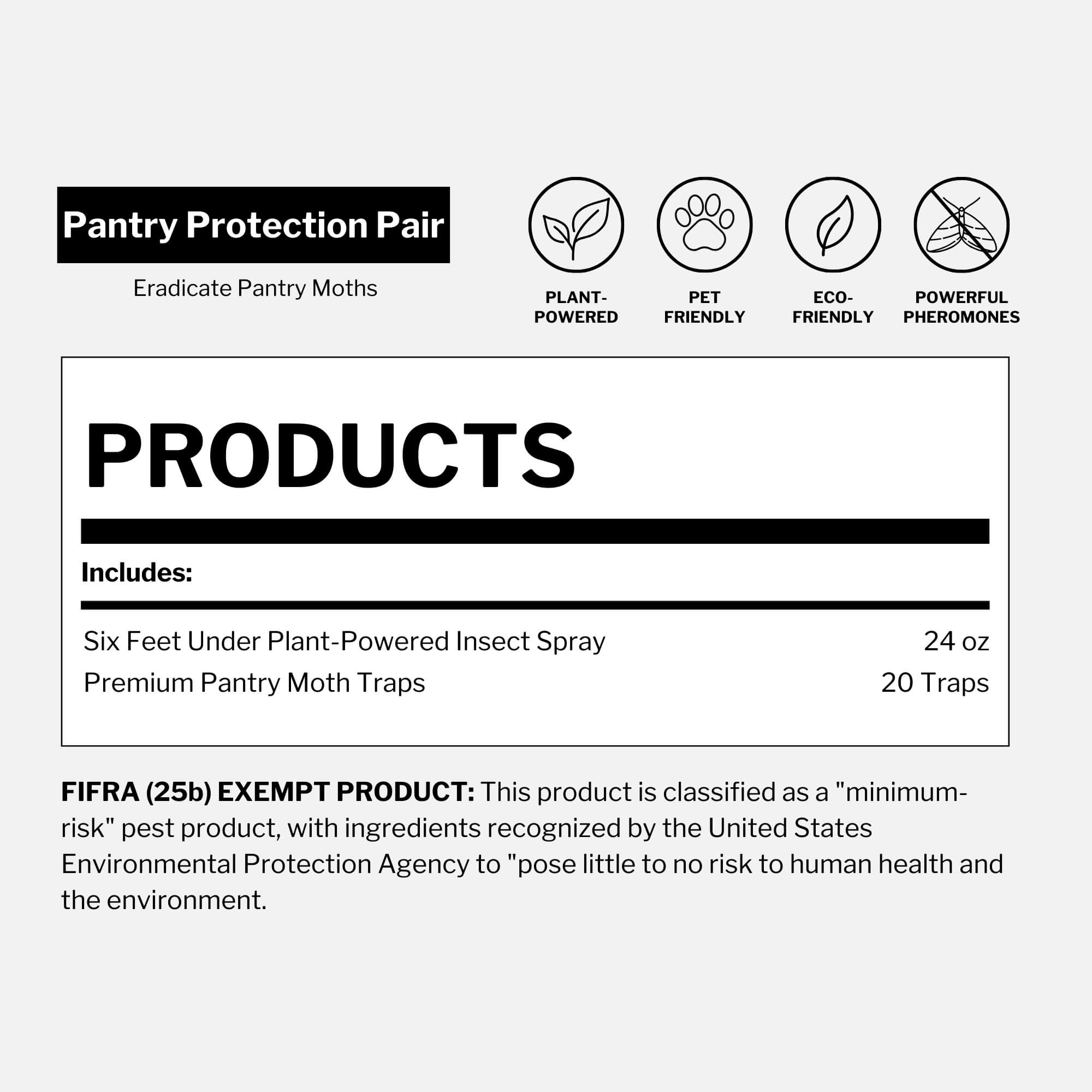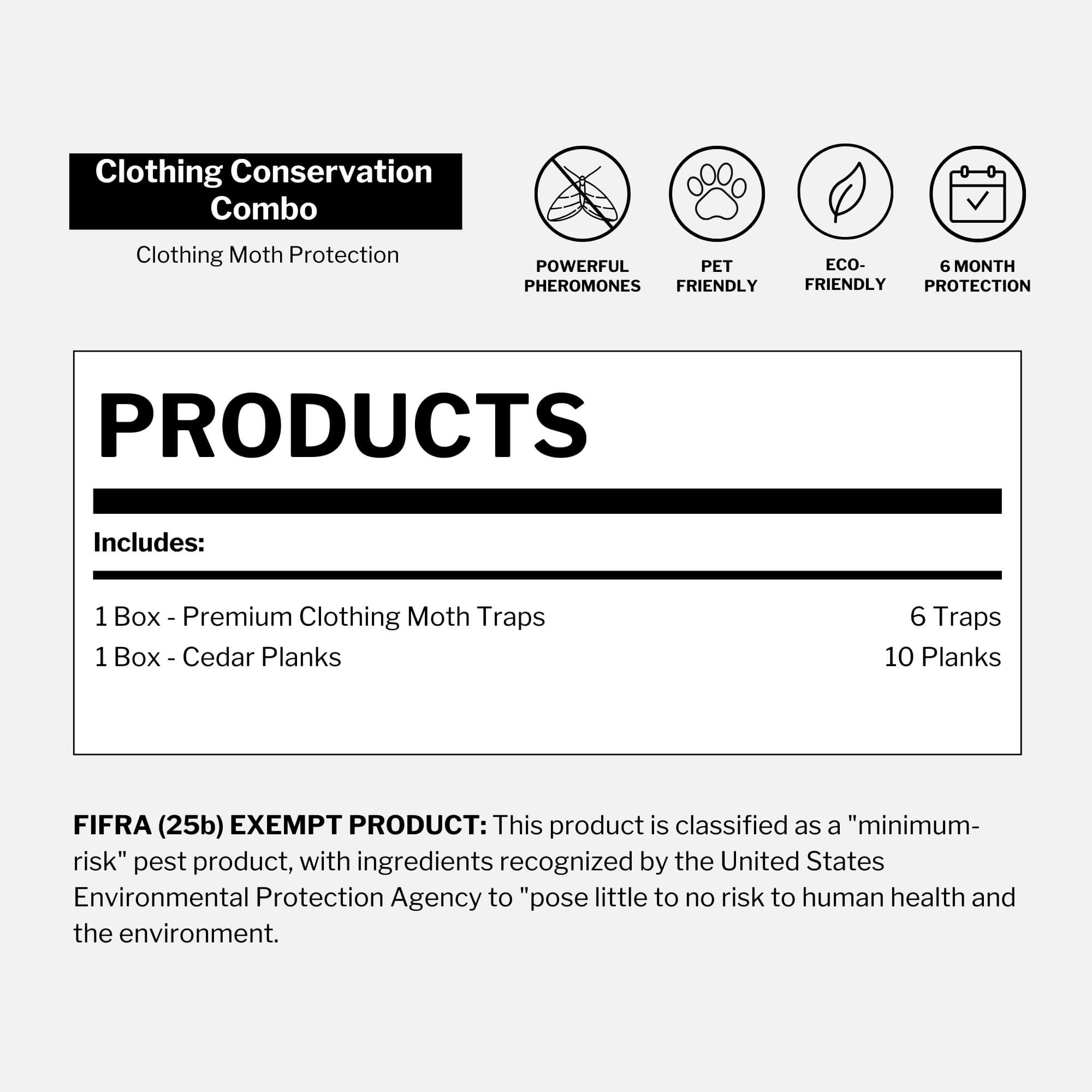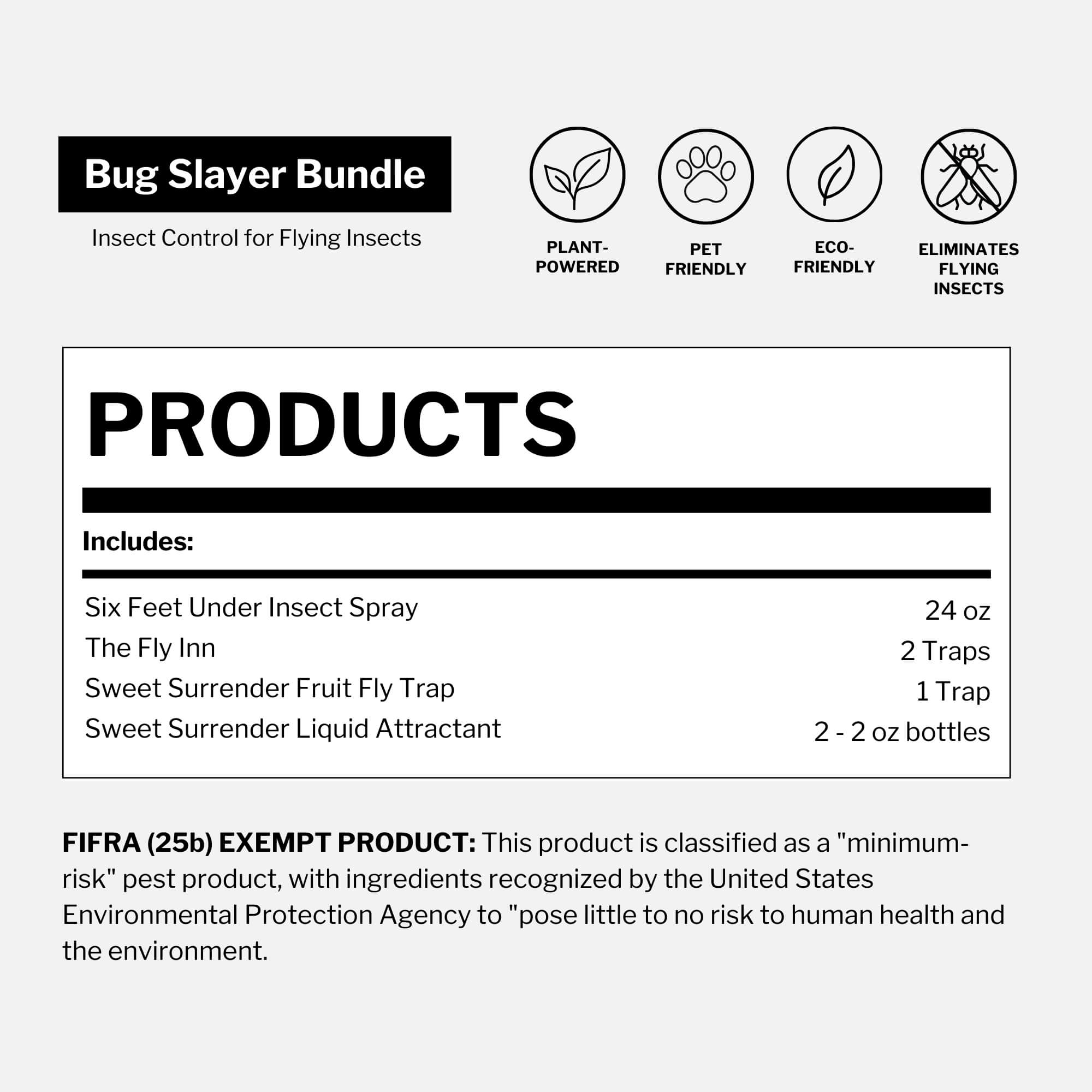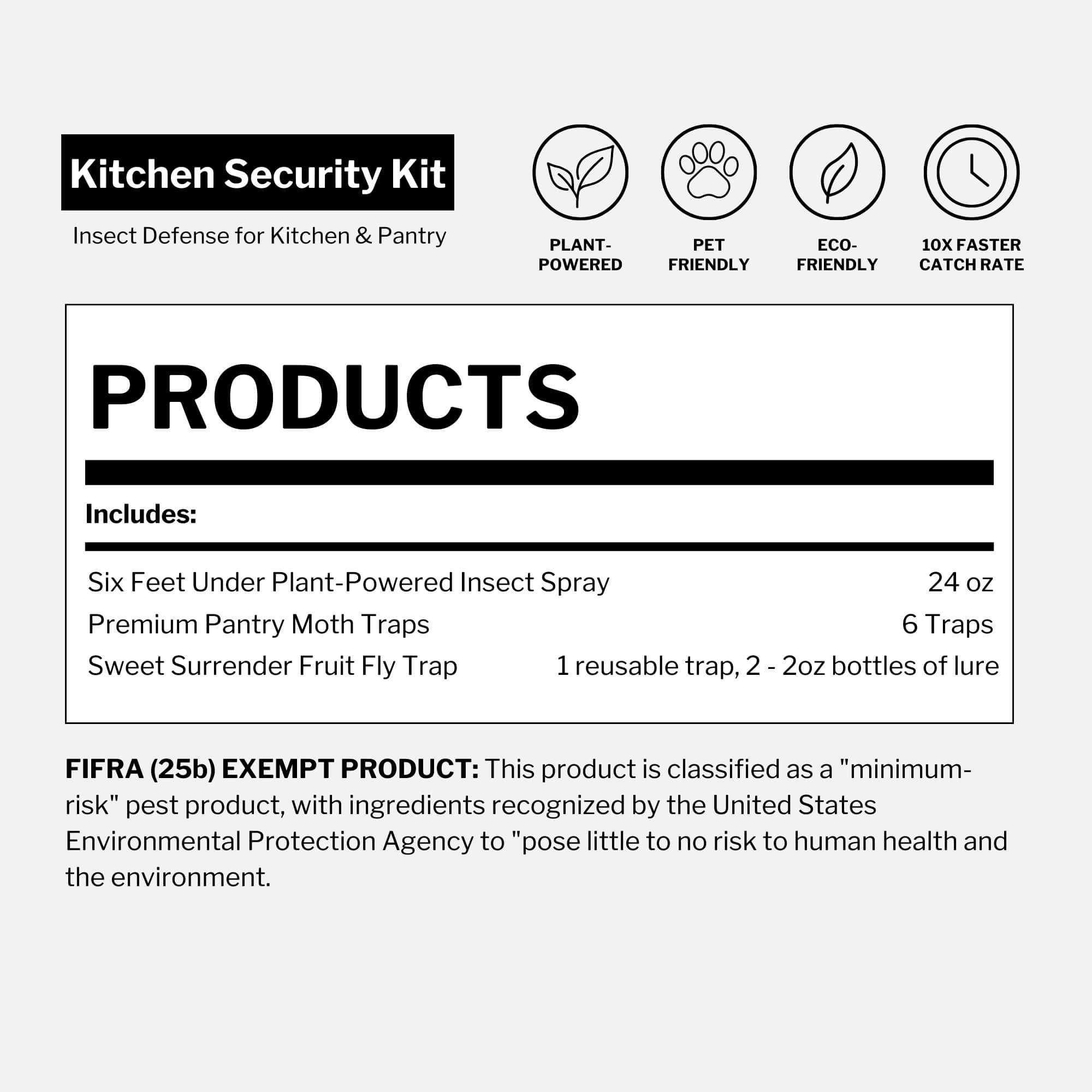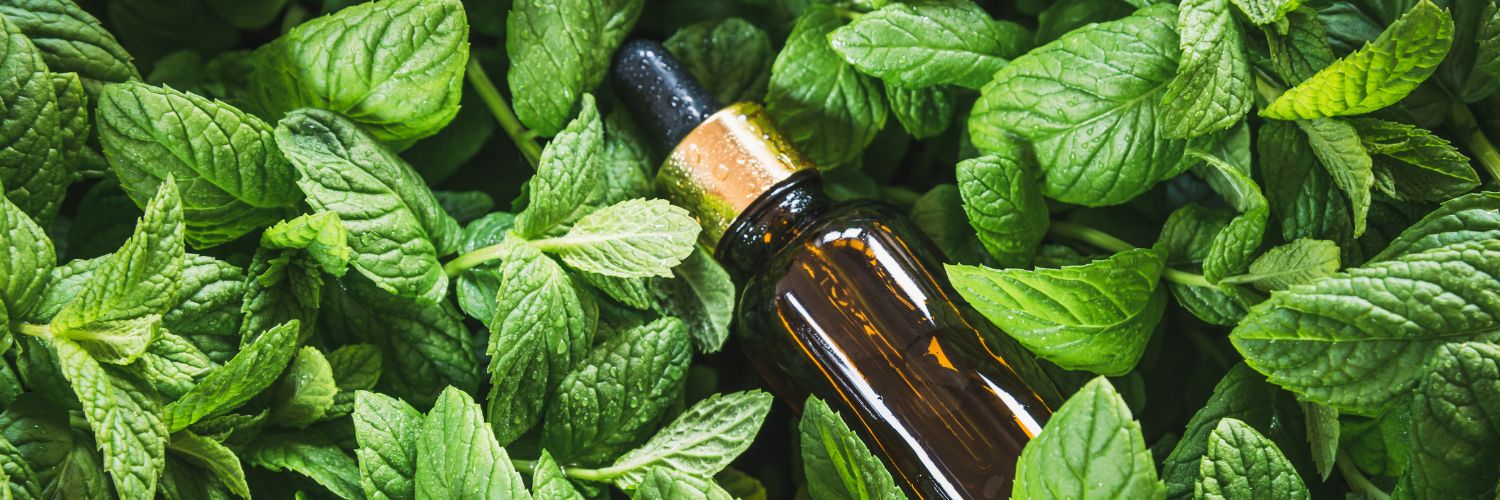Updated on June 9th, 2025
Glyphosate is a cornerstone of industrial agriculture, used extensively across millions of acres of genetically engineered crops. A 2022 NBC News article reports that herbicides containing glyphosate are applied to nearly half of all planted corn and soybean acreage in the U.S.
"Glyphosate is by far the most heavily used chemical weed killer in human history." — Pitchstone Waters
Beyond its agricultural applications, glyphosate is the most pervasive herbicide in residential use, showing up in soil, air, surface water, groundwater and even our food, as noted by the International Agency for Research on Cancer.
How glyphosate works and its unexpected reach
Glyphosate works by blocking a biological process called the shikimate pathway, which plants and some bacteria use to make essential amino acids—building blocks they need to grow and survive. Since this pathway doesn’t exist in humans or animals, glyphosate was originally believed to be safe for us. But when plants absorb glyphosate, they can no longer produce these critical compounds, which eventually kills them.

While humans don’t rely on the shikimate pathway ourselves, the bacteria in our gut do. Some researchers believe glyphosate may disrupt the gut microbiome by harming these beneficial microbes, potentially affecting digestion, immune function and even mental health. A 2020 study from the University of Turku found that nearly 54% of human gut bacterial species are potentially sensitive to glyphosate, raising concerns about how this herbicide may alter microbial composition in the digestive system and challenge the assumption that glyphosate’s mechanism poses no risk to humans.
Why glyphosate's use in farming raises alarm
A 2020 article from The Organic and Non-GMO Report tells us that despite glyphosate's apparent safety, its widespread application on various crops and its use as a pre-harvest desiccant—a substance used to accelerate the drying of specific crops like wheat, oats and beans—has raised significant concerns. This practice, common in regions like the Great Plains and Midwest of the United States and western Canada, both accelerates crop drying and leads to substantial glyphosate residues in food products.
Chuck Benbrook, coordinator of the Heartland Study, which examines glyphosate levels in pregnant women in the Midwest, notes, “It may be two percent of agricultural use, but well over 50 percent of dietary exposure.”
Additionally, the systemic nature of glyphosate complicates its removal from consumables by conventional means—such as washing, peeling or processing—making human exposure a regular occurrence. Research by Pitchstone Waters in 2022 confirms the persistence of glyphosate residues in food systems and affirms the challenges in achieving glyphosate-free food.
How long does glyphosate stay in the soil?
How long does glyphosate stay in the soil? The answer depends on conditions—glyphosate can persist for months and its byproduct AMPA may remain for years.
Glyphosate doesn't vanish after it's sprayed. It sticks around—sometimes for a surprisingly long time. According to the U.S. Environmental Protection Agency (EPA), “The average half-life in soil is about 60 days... In field studies, residues are often found the following year.”
These residues include trace amounts of glyphosate and its primary breakdown product, aminomethylphosphonic acid (AMPA), a compound that can remain in the soil even longer—sometimes for years.

Of particular concern is AMPA’s longevity. According to a terrestrial field dissipation study cited in the EPA’s glyphosate reregistration document, AMPA has a median half-life of 240 days, with a range from 119 days in Ohio to 958 days in California. “AMPA was shown to remain predominantly in the 0–6 inch soil layer throughout the duration of the study at all eight field sites,” the EPA reports.
While the EPA's report states that glyphosate itself may degrade within a few months under typical conditions, AMPA’s longevity means its environmental effects can linger. This extended presence raises concerns about soil health, uptake by future crops and contamination of groundwater—especially in areas where glyphosate is heavily applied or microbial activity is low.
Glyphosate's dominance in modern agriculture
The dramatic rise in glyphosate usage is largely due to the introduction of genetically modified (GM) "Roundup Ready" crops by Monsanto in the 1990s. These crops, engineered to withstand glyphosate, allow for its application directly over the growing plants. The approval and widespread planting of glyphosate-tolerant varieties of soybean, maize and cotton since 1996 have transformed agricultural practices, significantly broadening the herbicide's application window and enhancing its utility in farming.

Given its effective inhibition of the shikimate pathway—noted above—glyphosate has become a preferred agricultural tool. This attribute underpins its extensive use across diverse agricultural landscapes, as detailed by the Environmental Protection Agency's analysis from 2012 to 2016.
- Approximately 281 million pounds of glyphosate was applied to 298 million acres annually, on average, in agricultural settings.
- Most glyphosate was applied to soybeans (117.4 million pounds applied annually), corn (94.9 million pounds applied annually) and cotton (20 million pounds applied annually).
- Many citrus fruits (e.g., grapefruit, oranges, lemons), field crops (e.g., soybean, corn, cotton), and tree nuts (e.g., almonds, walnuts, pistachios) have the highest percentage of their acres treated with glyphosate.
Further illustrating its pervasive use, data from USDA surveys reveal that in 2021 alone, over 41% of U.S. corn acres were treated with approximately 32.9 million pounds of glyphosate.
Similarly, in 2023, it remained the most widely used herbicide on soybean crops—applied to 46% of the planted acres—which was concentrated in major agricultural states like Iowa and Illinois. For insights into its usage on both corn and soybeans, refer to these USDA surveys: NASS Highlights 2021 Agricultural Chemical Use Survey for Corn and the 2023 Chemical Use Survey for Soybeans.
In light of concerns about synthetic herbicides like glyphosate, interest in more sustainable pest control is growing. Dr. Killigan's Six Feet Under, made from biodegradable, plant-based ingredients—including 3.13% organically sourced soybean oil—offers a nature-focused alternative. (Note: It does not have official organic certification.)
Since its initial introduction in 1974, glyphosate's widespread adoption has fundamentally altered farming practices, contributing to the herbicide's prevalence in agricultural settings worldwide. Glyphosate's substantial impact is evident through historical usage data, which shows an exponential increase in use, particularly in the last few decades. A comprehensive study published in Environmental Sciences Europe highlights this trend, noting a nearly 15-fold increase in global glyphosate use since 1996, an expansion unmatched by any other pesticide in the U.S.
"It’s so pervasive, it’s difficult to avoid ingesting it on a daily basis."— Pitchstone Waters
Human exposure through food, water and our environment
According to a 2023 Pitchstone Waters article, glyphosate is so widespread that its residue found in food, tap water, rainwater, rivers and even in human urine and breast milk. Here's a closer look at the studies detailing these exposures:
Foods most likely to be contaminated with glyphosate

Glyphosate contamination is not limited to specific types of food. According to the Environmental Working Group (EWG), the herbicide is frequently detected in a broad array of food products. In testing in 2019, EWG found glyphosate in more than 95% of popular oat-based food samples. Further tests on wheat-based foods, including dried pasta and cereal, showed that all samples contained glyphosate, with pasta levels ranging from 60 to 150 parts per billion.
Building on the evidence of glyphosate's presence in various food items, a study—between 2015 and 2017—in the Journal of Agricultural and Food Chemistry reveals that foods containing grains and pulses (which are legumes such as lentils and chickpeas) tend to have higher levels of detectable glyphosate. Specifically, the study found that 39% of grain-based foods and 42% of pulse-based foods had detectable levels of glyphosate, compared to only 15% in fruit-based and vegetable-based foods. The highest concentration observed was 2.5 parts per million (ppm) in grains, highlighting a significant presence of this herbicide in staple crops like wheat, oats, corn, lentils and chickpeas.
Common foods with high glyphosate residue:
- Oats
- Pasta
- Lentils
- Chickpeas
- Corn
- Cereal products
- Wheat
Understanding the significance of glyphosate levels in food
A glyphosate concentration of 2.5 parts per million (ppm) in grains equates to 2.5 milligrams of glyphosate per kilogram of grain, indicating a significant level of glyphosate residue in these food items.
While 2.5 ppm might appear minor, it's important for several reasons:

- Regulatory limits: Different countries have set maximum residue limits (MRLs) for glyphosate on various foods, often in the range of 0.1 to 30 ppm. A level of 2.5 ppm falls within these limits but is relatively high, especially for staple foods consumed regularly.
- Health implications: Persistent exposure to even low levels of herbicides like glyphosate has been a concern in public health discussions. While immediate toxicity might be low, long-term exposure has raised concerns about potential health effects, including the risk of cancer.
- Cumulative exposure: Considering how frequently people consume these staple crops, the cumulative exposure to glyphosate can be substantial, warranting closer scrutiny of its presence in our food supply.
Following the study's general findings on the prevalence of glyphosate in staple crops, the EWG conducted further research, focuses specifically on chickpeas. This study, published in 2020, found that nearly 90% of conventional chickpea samples contained detectable levels of glyphosate. Even organic chickpea samples exhibited some glyphosate presence, though at much lower levels, suggesting possible contamination from nearby conventional fields.
Beverage contamination
Just as glyphosate finds its way into our food, it also permeates our beverages.
In 2019, a study conducted by PIRG (Public Interest Research Group) in California highlighted the herbicide's presence in alcoholic beverages, revealing that 19 out of 20 tested samples of popular beer and wine brands contained detectable levels of glyphosate.
Waterway contamination
Moreover, research from Zero Water Europe indicates that glyphosate is prevalent in various water bodies across Europe. According to a PAN Europe report, glyphosate contamination is a widespread issue in European waters, often found in significant concentrations.
In the U.S., a study by the U.S. Geological Survey National Water Quality Program found extensive contamination as well. Glyphosate was detected in 66 of 70 streams and rivers tested across various land-use settings.

Glyphosate's journey from fields to waterways begins when it is applied to crops or used to control weeds. As glyphosate seeps into the soil, rainfall can transport both the soil and the glyphosate it contains into nearby rivers and streams. This process also allows glyphosate to percolate deeper into the earth, contaminating groundwater sources.
Both surface water and groundwater are commonly used for public drinking supplies. Although these water sources undergo several treatment processes before reaching our taps, current methods do not fully remove glyphosate, leaving traces in the water we drink. According to a Minnesota Department of Health report, glyphosate “is frequently detected at low levels in both urban and rural surface waters”.
Human urine and breast milk contamination
The widespread presence of glyphosate correlates with its detection in various human biofluids. A review of scientific studies, as detailed in a 2019 analysis published by the National Center for Biotechnology Information, consistently finds glyphosate in human urine across both occupational settings and the general population.

Additionally, studies—including one from The Organic Center—highlight its detection in breast milk. This confirms the chemical's pervasiveness and its penetration into vital human substances.
A 2022 article published in Springer's Environmental Science and Pollution Research found that 99.8% of the French population tested had detectable levels of glyphosate in their urine. The study indicates that sources of glyphosate exposure are primarily through food and water intake. Additionally, it highlights occupational exposure, particularly among farmers and those working in vineyards, as a significant factor for higher glyphosate levels.
Glyphosate and cancer risk
According to a 2022 study published in the journal Leukemia & Lymphoma, there is a clear link between the herbicide glyphosate and a higher risk of a type of cancer called non-Hodgkin lymphoma, including a specific form known as hairy cell leukemia.
Experiments with rats and mice have consistently shown that glyphosate exposure can lead to the development of a variety of tumors—including hemangiosarcomas, kidney tumors and malignant lymphomas—according to a study published in 2020 in Environmental Health.

A notable 2015 study—detailed in comments submitted to California’s Office of Environmental Health Hazard Assessment (OEHHA)—demonstrated alarming effects at very low exposure levels. In the study, rats were exposed to just 0.05 parts per billion (ppb) of glyphosate—equivalent to 4 nanograms per kilogram per day, a dose about 4,000 times lower than levels typically found in human urine.
Despite this minuscule dose, researchers observed sweeping changes in biological function: the activity of over 4,000 genes was altered, and the rats developed liver conditions associated with an increased risk of cancer.
The study described these changes in stark biological terms:
“Observed alterations in gene expression were consistent with fibrosis, necrosis, phospholipidosis, mitochondrial membrane dysfunction and ischemia.”— Environmental Health, 2015
To put this into perspective:
- Fibrosis refers to scarring that stiffens and damages tissue.
- Necrosis is the death of cells.
- Phospholipidosis involves a toxic buildup of fatty materials inside cells.
- Mitochondrial dysfunction hampers the cell's ability to produce energy.
- Ischemia restricts blood flow and oxygen delivery to tissues.
Each of these effects signals a serious biological disruption. Together, they highlight the potential for glyphosate to cause extensive cellular damage—even at exposure levels far below those most people experience daily.
Glyphosate has significant health concerns as a possible carcinogen. The International Agency for Research on Cancer (IARC) classifies it as "probably carcinogenic to humans," linking it to an increased risk of non-Hodgkin lymphoma—as noted above—and multiple myeloma.
Research reviewed in a 2017 study by the National Center for Biotechnology Information highlights specific health risks associated with glyphosate exposure. Analysis shows a more than double risk for multiple myeloma and a somewhat increased risk for Hodgkin lymphoma among those exposed to glyphosate.
A 2017 study featured in Food and Chemical Toxicology found that glyphosate can damage DNA and alter DNA methylation in a type of human blood cell at levels that people might typically encounter through environmental exposure. This suggests that everyday exposure to glyphosate could cause changes at the cellular level.

Research led by Schinasi & Leon in 2014 examined the risks of non-Hodgkin lymphoma from working with agricultural pesticides, including glyphosate. Their study combined the results from six earlier studies and found that workers exposed to glyphosate had a 30%-50% higher risk of developing this cancer. Studies, including those detailed in a toxicological profile by the Agency for Toxic Substances and Disease Registry (ATSDR), support this link with reported risk ratios greater than one for these cancers among those exposed to glyphosate.
Note: A risk ratio that is greater than one indicates a greater risk of disease in the exposed group compared to the unexposed group.
In 2017, glyphosate was added to California's Proposition 65 list as a chemical known to cause cancer, confirmed by the OEHHA. Proposition 65 requires businesses to provide warnings about significant exposures to chemicals that cause cancer, birth defects or other reproductive harm.
Emerging concern: Glyphosate and neurological health risks
Beyond cancer, scientists are now exploring the herbicide’s potential impact on the nervous system. Recent studies suggest a link between glyphosate exposure and neurological conditions—particularly Parkinson’s disease.
A 2023 study published in The Lancet Planetary Health found a biologically plausible connection between glyphosate exposure and nigrostriatal cell death—a hallmark of Parkinson’s disease. This neurodegeneration can disrupt movement, balance and cognitive function.
Additional research published in PubMed support the hypothesis that glyphosate exposure could be related to Parkinson's onset, reinforcing broader concerns about pesticide-related neurological harm. These findings add another layer to the debate surrounding glyphosate’s safety and call for continued scrutiny of its widespread use.
Conclusion
Glyphosate, integral to modern agriculture since its debut in 1974, stands as the most extensively used herbicide globally, deeply entrenched in genetically modified crop production. Its role in effectively managing weeds contrasts sharply with the substantial public health concerns and environmental impacts underscored by pervasive contamination in ecosystems, food, and water sources. Scientific debates continue to probe its safety, highlighted by significant legal outcomes linking glyphosate to health risks, which intensify scrutiny and drive regulatory and public reevaluation of its widespread use.





